Polymer Nanocomposites: Advances in Filler Surface Modification Techniques
Polymer nanocomposites revolutionized the research in this field owing to the tremendous improvement in the composite properties at very low filler volume fraction. The surface modification of the filler, generally layered silicate montmorillonite clay, is required to compatibilize the organic and inorganic phases. The inorganic clay was modified conventionally with alkyl ammonium ions and the exfoliated nanocomposites with polar polymers could be formed where the clay could be dispersed at nanometer scale. During the initial phase of nanocomposite developments, only ammonium ions of fixed chain length were exchanged on the clay surface. However, this technology suffered when polyolefins and other non-polar polymers were used owing to the difficulties in dispersion of polar clay in the hydrophobic matrices. At best, only partially exfoliated composites could be formed by using these ammonium modified clays. To circumvent these limitations, two possible routes have been followed. By polarizing the polymer matrix (e.g. by addition of compatibilizers or surfactants), one can achieve compatibilization between the organic-inorganic phases. However, this technology leads to deterioration of nanocomposite properties even though better delamination is achieved. On the other hand, one can also focus on the more efficient modification of the filler surface so that the residual polarity after modification of the surface with conventional ammonium ions is also eliminated. A number of new clay surface modification techniques have been developed in the recent years which help in the generation of more exfoliated polymer nanocomposites. These techniques do not rely on the ion exchange of fixed chain length ammonium ions, but lead to generation/exchange of long and polydisperse polymer chains. These techniques include grafting of polymers to the clay surface, grafting of polymers from the clay surface, controlled living polymerization from the clay surface, in situ generation of polyolefins from the clay surface and clay surface reactions etc. and form very robust technologies for the complete organophilization of the clay surface. The generation of thick brushes around the clay surface owing to the better surface modification leads to better coverage of the electrostatic forces binding the clay platelets together and also leads to higher basal plane spacing between them. As a result, the modified platelets are more susceptible to exfoliation when compounded with the polymer matrices.
{{comment.content}}

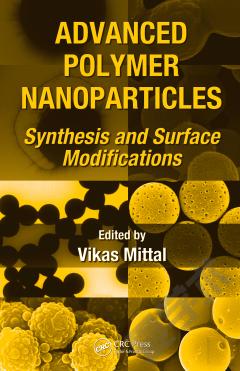
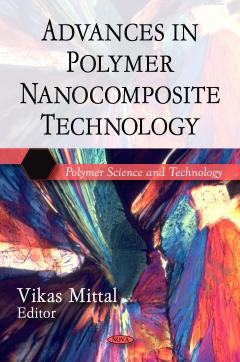
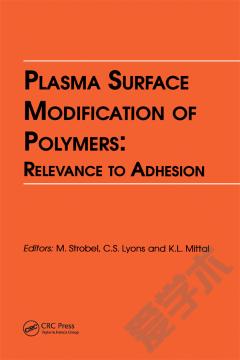
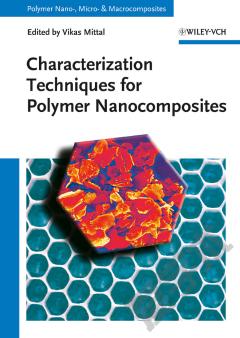

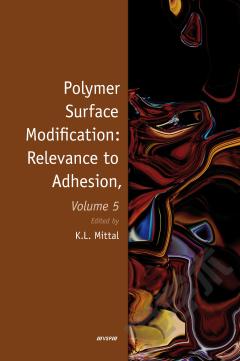

 京公网安备 11010802027623号
京公网安备 11010802027623号